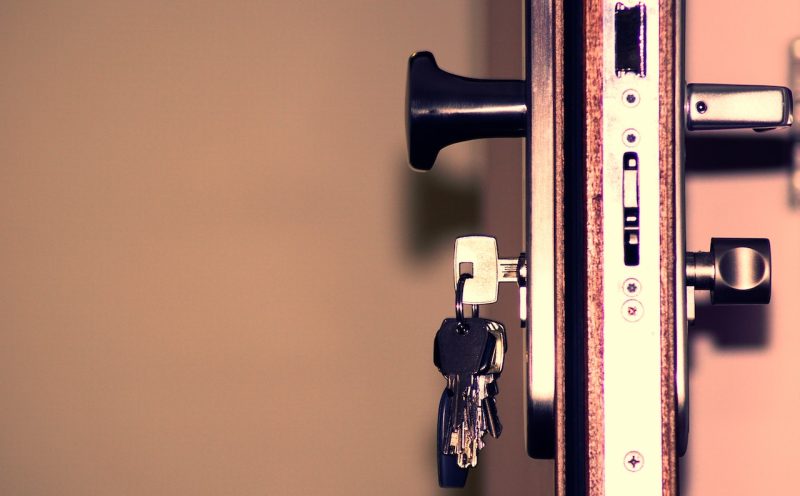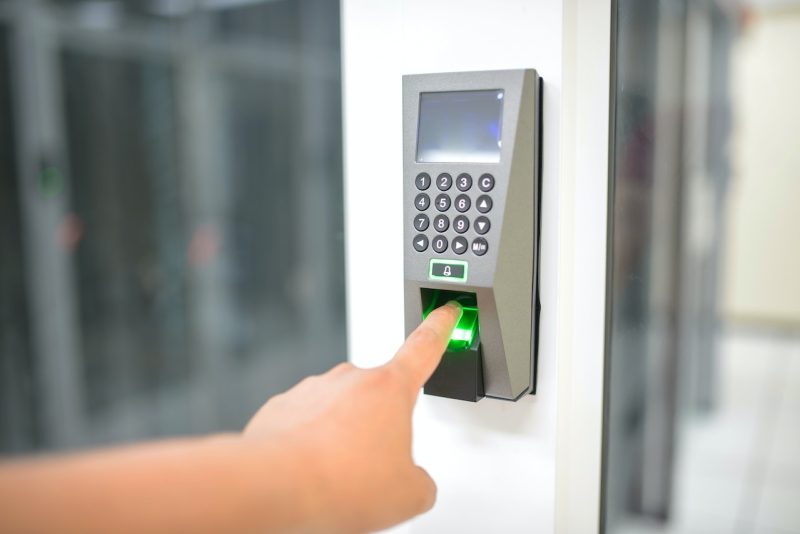
In the face of rising campus security threats, the need for advanced, effective solutions is paramount. How about a solution that works round the clock, is highly customizable, and can swiftly respond to emergencies? Sounds like a dream? Well, it isn’t. Access Control Solutions, today’s cutting-edge technology, serves as an unseen guardian protecting our educational campuses. In this article, we take a deep dive into what Access Control Solutions are, their impact on campus security, factors to consider before implementing them, and what the future holds. Ready to explore? Let’s delve in!
The Undeniable Need for Fortified Campus Security
Let’s not beat around the bush; the world is becoming a tougher place each day. A 2019 report by the National Center for Education Statistics reveals that there were about 28,400 criminal incidents against persons and property on campuses. These stark statistics show why enhanced campus security is not just a whim but a dire necessity. And in this age of digital revolution, technology can offer a nifty solution.
So, What’s the Deal with Access Control Solutions?
In a nutshell, access control solutions are systems designed to manage access to a physical or virtual resource—like a campus building or network. It’s like having a bouncer at a nightclub; only those on the list get in. There’s a variety to choose from, including key cards, biometric scanners, mobile access control, and more.

The Magic Wand: How Access Control Solutions Enhance Campus Security
A Magic Shield Against Unauthorized Access: Access control solutions serve as a protective barrier against intruders, ensuring only authorized persons can access your campus.
All-Seeing Eye: Access control systems provide a comprehensive record of activities, logging who entered and exited the premises and when. It’s like having your personal Sherlock Holmes, recording all the necessary details.
Emergency Response Improvement: With real-time monitoring, these systems can promptly alert authorities during emergencies, from fires to security breaches.
Remember the harrowing incident at Virginia Tech in 2007? An access control system could have alerted the authorities earlier, potentially saving lives.

Making the Magic Work: Considerations for Implementing an Access Control Solution
Before you rush into weaving the magic of access control, take a breather and consider these pointers:
Campus-Specific Needs: One size doesn’t fit all. Assess your specific security needs before choosing a system.
Choosing the Right System: From key cards to biometric scanners, each system has its perks. Pick your magic wand wisely.
Budgeting: While safety is priceless, budget constraints are real. Plan accordingly.
Training and Education: The most effective access control system can flounder without proper user training. Knowledge sharing is key.
Access Control Solutions and Campus Life: A Love Story?
Enhanced security, peace of mind, and streamlined access are the charming princes that come with the access control solution princess. However, some people may raise eyebrows over potential privacy concerns. Addressing these upfront and educating users about their data rights is crucial.
As an IT security expert, I’ve seen how access control solutions can transform campus security for the better. The level of safety and convenience they bring to the table is unmatched.
The Crystal Ball: Future of Campus Security with Access Control Solutions
Access control solutions are not just a passing trend—they are the future of campus security. The advent of smart technology and artificial intelligence promises more sophisticated systems. Think facial recognition, voice commands, or even gesture-based controls.
With these future advancements, campuses will not just be fortresses against security threats but smart fortresses capable of intuitive and efficient security management.
What We’ve Uncovered
Access control solutions are the magic wands waving the future towards enhanced campus security. The perks are enticing: increased safety, comprehensive monitoring, improved emergency response, and more. Yet, choosing the right system requires thoughtful consideration of the campus’s specific needs, budget, and willingness to adapt to new technology.
As we steer towards the future, we can anticipate more advanced, user-friendly systems that promise to make campuses safer and smarter. As an advocate for access control solutions, I believe it’s time we embrace this magic and fortify our campuses. After all, when it comes to safety, there’s no such thing as ‘too much.’














